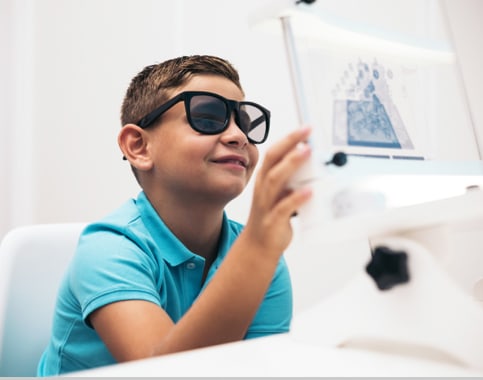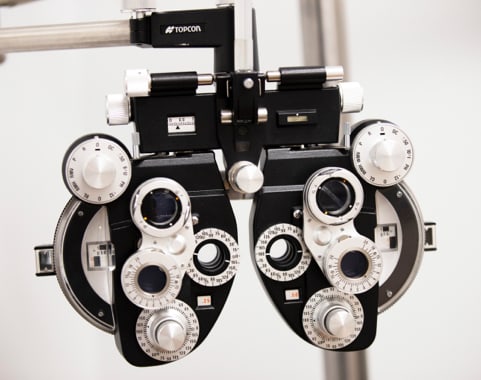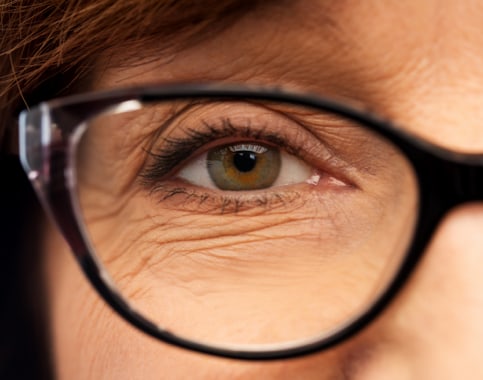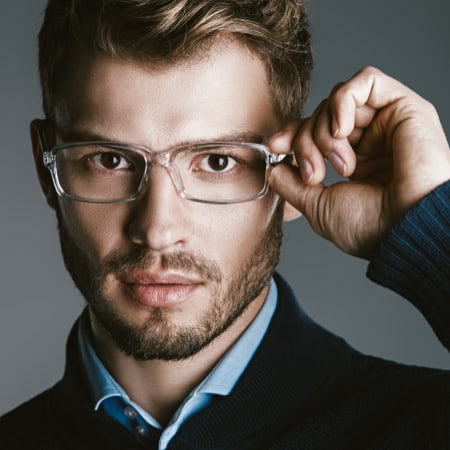
Personalized Dry Eye Relief
When you suffer from dry, irritated eyes and blurry vision, your eye symptoms can dictate your day. Dry eyes can not only significantly impact your daily life they can also lead to vision complications when left untreated.
Find relief for your eyes so you can see comfortably. Visit Eye Q Optometry to discuss your symptoms and lifestyle so we can personalize your care.
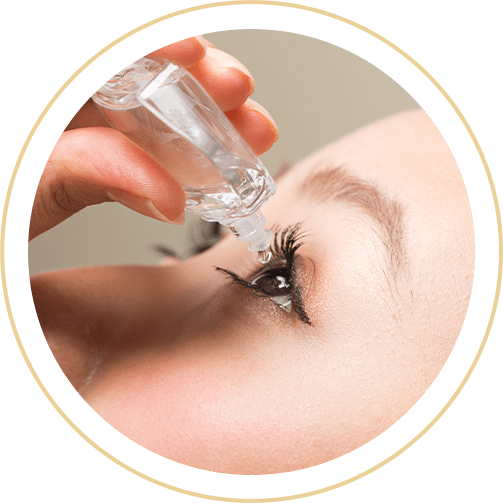
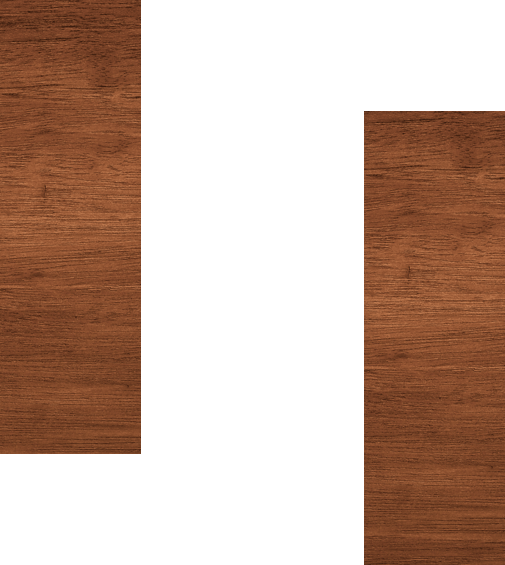
What Is Dry Eye?
Dry eye syndrome (DES or dry eye) is a chronic eye condition related to tear quality and quantity. Your tears are more than water and more than an emotional response when you laugh or cry. Your eyes are nourished by a consistent layer of tears (the tear film) that spreads across your eye surface every time you blink.
The tear film has 3 layers:
- The oily outer layer prevents tears from drying too quickly & keeps the eye surface smooth
- The watery middle layer wets & cleans the eye’s surface, & delivers nutrients to keep the eye healthy
- The mucousy inner layer helps tears stay on the eye & spread evenly across the eye’s surface to prevent dry spots
All 3 of these components are crucial for healthy eyes and clear sight.
The most common form of dry eye is evaporative, which occurs when there’s an issue with the oily layer of the tear film. The meibomian glands are tiny glands lining the eyelids that secrete the oil for your tears. If they become blocked or unable to produce oil efficiently, your tears may become too watery and dry too quickly, creating dry spots in your tear film.

Signs & Symptoms
While eye dryness is the most recognized symptom of dry eye syndrome, this condition can also cause excessive tearing to compensate for the lack of quality with quantity. Persistent irritation and a gritty, scratchy, or burning sensation are also common symptoms. The irritation can feel like something is stuck in your eye.
What Causes Dry Eye?
Many causes can contribute to poor tear quality, leading to dry eye syndrome. Dry eye syndrome may be a side effect of an underlying health problem or medication. Chronic dryness can also be a symptom of different eye conditions, like digital eye strain or blepharitis.
Other causes can include:
- Blinking issues
- Dry or low-humidity environments
- Normal aging or hormonal changes
Remedies for Dry Eye
Since there are many causes of dry eye syndrome, you may benefit from multiple treatment options. Depending on the severity of your symptoms and how often they occur, you may need fast in-the-moment relief combined with long-term treatment to reduce your symptoms.
At Eye Q Optometry, we’ll develop a customized dry eye therapy plan for your specific needs. We consider your eye health, vision, and daily life to decide which approach may benefit you most.
Dry eye therapy can include in-office treatments, home remedies, and lifestyle changes.
Artificial Tears
Eye drops or artificial tears can provide fast relief, even on the go. Eye drops can be watery or thicker and more gel-like. Watery eye drops are easy to use but may only last for a short time. Thicker eye drops offer longer-lasting relief but can be more challenging to apply and temporarily blur your vision.
You’ll work with your optometrist to decide whether you would benefit most from water-based or gel drops, prescription or over-the-counter drops.
BlephEx
BlephEx is an in-office treatment for blepharitis and dry eye. Blepharitis is a chronic eye disorder causing inflammation of the eyelids and tear glands. It can cause eye irritation, redness, dandruff-like eyelash scales, and dry eye syndrome.
The BlephEx handheld device exfoliates the eyelids, removing excess bacteria and debris to help alleviate symptoms, including reducing inflammation and improving tear flow. The procedure only takes a few minutes and is usually repeated every 4–6 months to help control symptoms.
20-20-20 Rule
Digital eye strain and dry eye syndrome often go together. Managing digital eye strain can help lessen your eye discomfort. Giving your eyes breaks throughout the day can help reduce or even prevent uncomfortable symptoms. Try using the 20-20-20 rule to remind yourself to take a break: every 20 minutes, look at something 20 feet away for 20 seconds.
Eye Nutrition
Like every part of your body, your eyes need nutrients to work effectively. Your tears help deliver nutrients to the front of the eye, and your diet can help support your tear production.
Omega-3 fatty acids (or fish oil) can help with dry eye symptoms by alleviating eye inflammation and supporting the oily layer of tears.
Heat Masks
Warm compresses can help improve dry eye symptoms by improving circulation, soothing inflammation, and unclogging tear glands. You can DIY a warm compress with a clean cloth and hot (but comfortable) water. You can also find ready-made heat masks so you can enjoy soothing relief more conveniently.
Lid Hygiene
Excess bacteria and debris can contribute to tear gland inflammation and dry eye symptoms. Maintaining a regular eyelid hygiene routine can help prevent bacteria buildup. Eyelid wipes are a convenient way to cleanse your eyelids.
Another option is a hypochlorous acid (HOCL) spray. This gentle yet effective disinfectant helps prevent bacteria overload, so you can better control your symptoms.
Punctal Plugs
Punctal plugs are tiny devices—about the size of a grain of rice—inserted into the tear ducts (the puncta). These devices prevent your tears from draining too quickly so moisture stays on your eye’s surface longer. As a result, your natural tears (or supportive artificial tears) are more effective.
Temporary, biocompatible punctal plugs dissolve slowly and last between a few days or months. Semi-permanent plugs are designed to last for years.
Sunglasses
Sunglasses can protect your eyes in many ways, from preventing sun damage to blocking wind, dust, and particles that contribute to dryness. An eye sunburn can also cause temporary or permanent damage to your cornea, including blurry vision, dryness, grittiness, or eye pain.
Contact Lenses & Dry Eye
A common complication of contact lens wear is dryness, but many eye drops aren’t designed to work with contact lenses. Check the label of your eye drops to see if they’re safe to use with contact lenses.
Rewetting eye drops are safe for contact lenses and can be effective for minor dry eye symptoms. But if your symptoms affect your vision quality, visit us for a contact lens exam. We can help you find a solution, such as switching to another brand, so you can wear your lenses safely and comfortably.
Personalized Dry Eye Care
Comfortable vision makes all the difference. Please book an appointment to discuss your eye comfort so we can get started with personalized dry eye therapy.
Visit Us Today
Our practice is located in the Killarney area of 17th Avenue, within walking distance of the Westbrook LRT station. There’s plenty of parking available nearby.
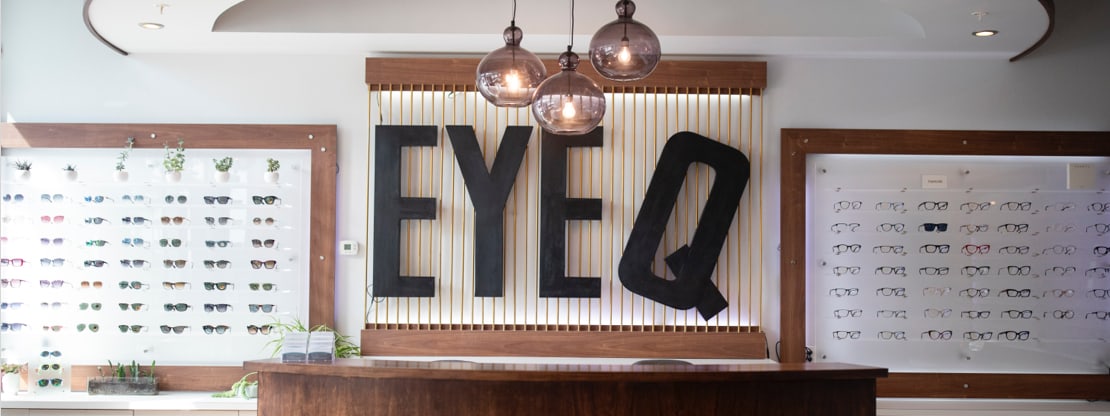
Our Address
- 3314 17 Ave SW
- Calgary, AB T3E 0B4
Contact Information
- Phone: 403.727.4404
- Fax: 888.457.6613
- Email: [email protected]
Our Hours
- Monday: 9:00 AM – 5:00 PM
- Tuesday: 11:00 AM – 7:00 PM
- Wednesday: 9:00 AM – 5:00 PM
- Thursday: 9:00 AM – 5:00 PM
- Friday: 9:00 AM – 5:00 PM
- Saturday: 10:00 AM – 4:00 PM
- Sunday: Closed



